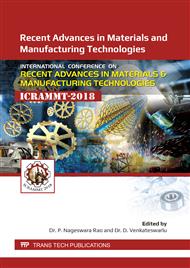p.163
p.169
p.175
p.181
p.187
p.193
p.199
p.205
p.211
Development of Models for Predicting Strut Efficiency Factors for Conventional and Steel Fibre Reinforced Concrete Deep Beams
Abstract:
Commonly used analysis and design methods are applicable only to Bernoulli’s region or B-region where strain distribution is linear. Due to the peculiarity of the geometry for certain structural members like deep beams, corbels, etc, their entire strain distribution is nonlinear. Hence, they will act as discontinuous regions or D-regions where strain distribution is nonlinear. The designers are forced to depend on empirical relations and their past experience for designing such elements. Since, deep beams form an important structural element in bridges and high-rise buildings as pier caps and transfer girders, their design deserves much more importance. Strut-and-Tie method (STM) is a unified approach that can be used for both regions. The main parameter that influence the accuracy of results produced by STM is the strength reduction factor (βs). In this paper, new relations are developed for predicting strength reduction factor for concrete struts with and without steel fibres. The effect of steel fibres content and percentage of vertical and horizontal reinforcement were considered for developing this relation.
Info:
Periodical:
Pages:
187-192
Citation:
Online since:
August 2019
Authors:
Price:
Сopyright:
© 2019 Trans Tech Publications Ltd. All Rights Reserved
Share:
Citation:


